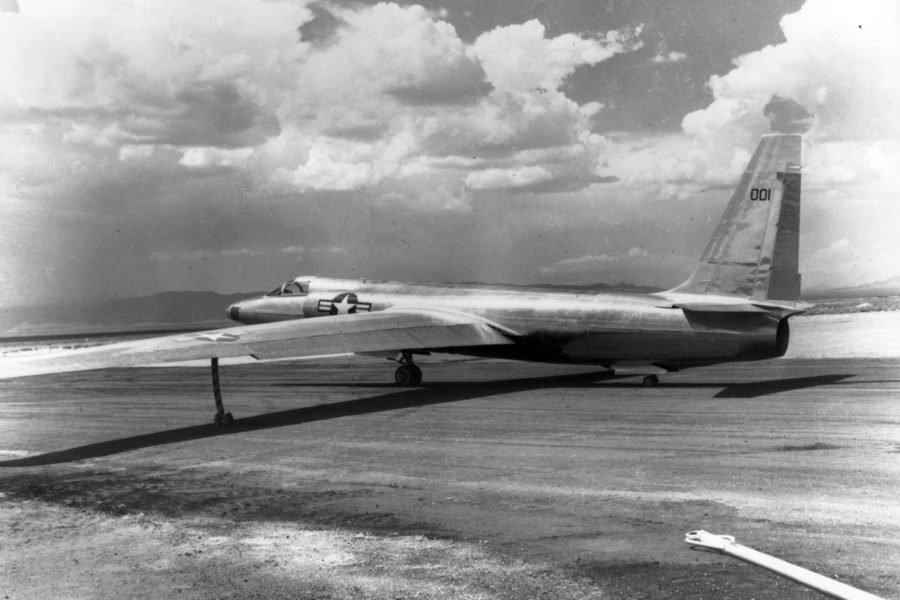With famed company test pilot Tony LeVier in the cockpit, Article 341, the prototype Lockheed U-2 high altitude reconnaissance aircraft makes an inadvertent first flight during a high-speed taxi test. The first official flight came three days later. Since then, pilots in full pressure suits alone, unarmed, and unafraid have flown the Dragon Lady to more than 70,000 feet over every flashpoint worldwide. From film cameras capturing images of Soviet medium-range ballistic missiles in Cuba to enhanced sensors allowing today’s real-time data collection and distribution, the U-2’s mission hasn’t changed—getting information to the decision makers who need it most.
The Air Force has approved Airmen to start training with the EA-37B Compass Call Mission Crew Simulator, BAE Systems announced. The system will provide realistic training and mission rehearsal for EA-37B crews, who perform long-range electromagnetic warfare missions.



